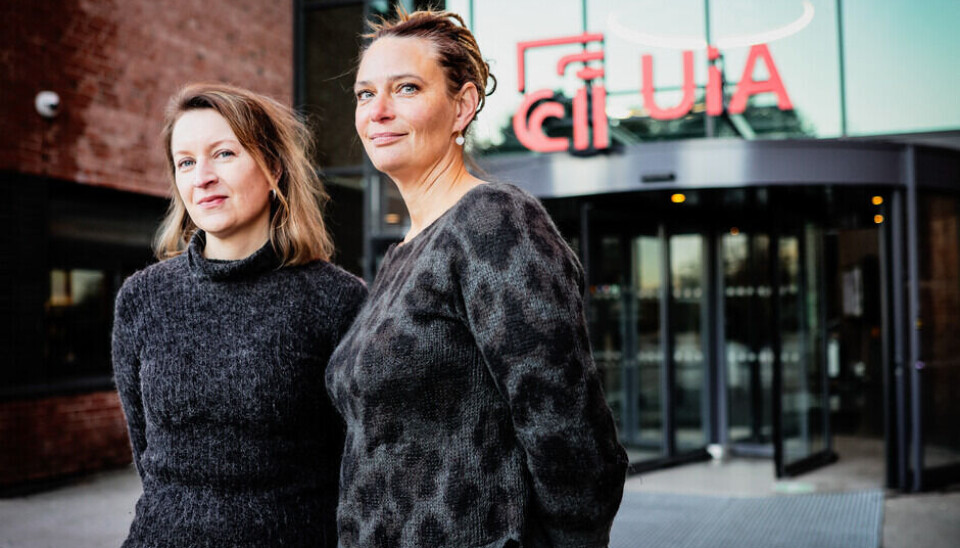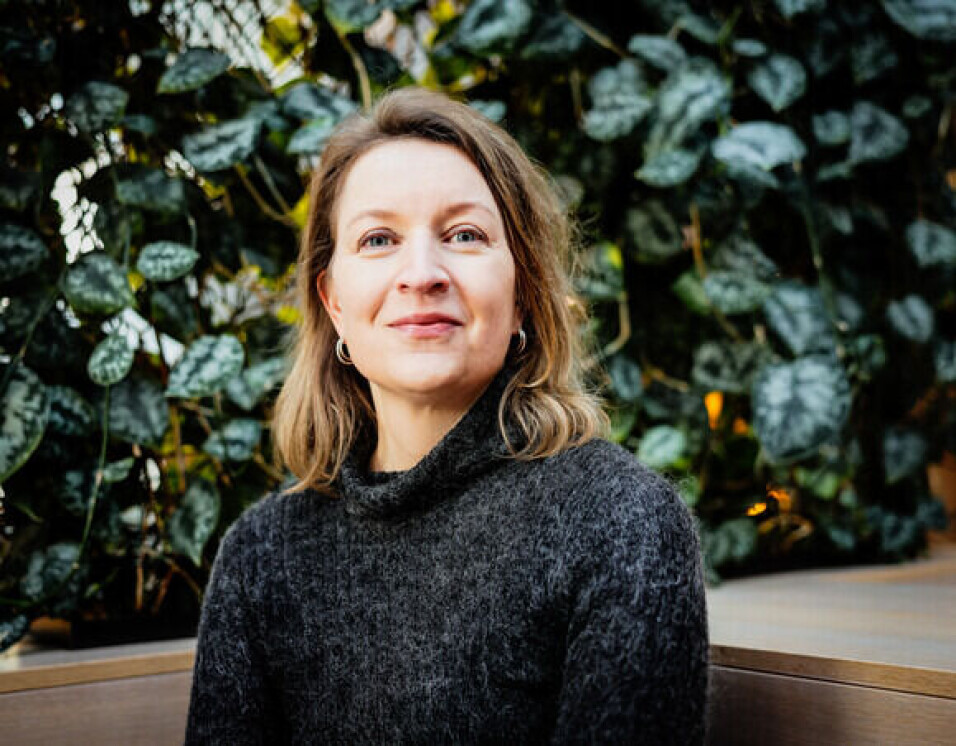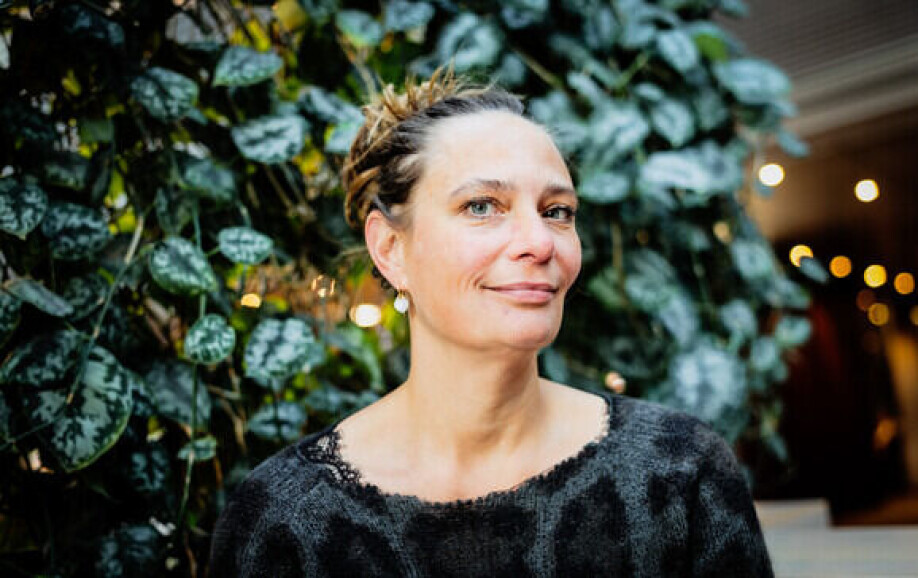THIS ARTICLE/PRESS RELEASE IS PAID FOR AND PRESENTED BY THE University of Agder - read more

New policies must be developed for offshore wind to succeed
What happens on land if offshore wind is established?
“Offshore wind is not only about facilitating large companies. We have to look at the bigger picture. We must find out how all of society can succeed if offshore wind is established along the Agder coast,” Laura Tolnov Clausen says.
Together with Mikaela Vasstrøm, she is researching how the establishment of offshore wind in Agder will affect local communities.
Clausen and Vasstrøm are associate professors at the University of Agder (UiA). Both have previously researched the establishment of wind turbines on land, in Norway, Denmark and Scotland.
“Our research shows that we often fail to establish wind farms. The reason is that it was not anchored in the local communities,” Clausen says.
Many of Vasstrøm's studies confirm exactly that. Wind farm developments tend to come to an abrupt halt. The main reason is that people feel that there are not enough community benefits to the project.
“There is a growing gap between the government’s goal to increase wind power development and resistance at the local level,” Vasstrøm and co-author Hans Kjetil Lysgård wrote in a study from 2021 (link in Norwegian).
The same tendency can be seen in Scotland and Denmark. There, the uneven distribution of benefits and how the participation process was handled have been parts of the problem.

Community engagement
Clausen and Vasstrøm are now busy with new research into the possible development of wind power in Agder. They hold talks with businesses, local authorities and community members, among other things. Through dialogue meetings, they will identify what wind power can bring to the area.
The first meeting was held in Mandal with 60 participants from the public and private sector at local, regional and national level. A report is now being prepared and will be ready in mid-March.
One goal is to find out what is needed for offshore wind to be widely accepted in the municipalities of Kristiansand, Lindesnes, Lyngdal and Farsund. These are the municipalities in Agder where the development of offshore wind will be most relevant.
The report is the starting point for an application to the Research Council.
Together with GCE Node and Agder County Council, the UiA researchers will carry out a larger study. These are some of the questions the social scientists want answers to:
- Who benefits from the development of offshore wind power?
- What new opportunities will residents in the region have?
- How can people, the business community and expertise in the region contribute?
- What kind of jobs does offshore wind create?
- Can new models be established for the distribution of burdens and benefits between developers and the local community?
New policies are needed
“Our previous studies show that the development of offshore wind is about more than technology. It is also about developing new policies that ensure there is legitimacy among the population in the long term. The choice of distribution policy is of great importance for people and local stakeholders to accept the development of wind power,” Clausen says.
She refers to an example from Great Britain. There, residents are offered to buy shares in one or more wind turbines.

New knowledge and new jobs
The researchers remind us that when a small region says yes to wind power, it has to say no to other large ventures. It is a question of priority.
“This is precisely why it is important to highlight how offshore wind can contribute to the development of society as a whole, both actors who invest in the development and the residents of the municipality,” Vasstrøm says.
She points out that the municipalities and the local community have to give up large areas of land and sea when wind power is established. The municipality and the people should get something in return.
“Offshore wind along the coast also requires development on land, from the construction of ports to new roads. Industrial areas for the maintenance of large installations require space. The same goes for any base station that will operate offshore wind farms,” Vasstrøm says.
Changing land and coastal areas
All offshore activity is linked to what happens on land. Everything from transformers, the laying of cables to ports and other infrastructure will be affected. Industrial areas, businesses and academia will also change.
“Change can bring positive energy and development. We see many upsides to establishing offshore wind,” Vasstrøm says.
She points to the following advantages:
- Offshore wind power is renewable energy.
- The supply industry in the region will get new opportunities when oil is phased out.
- Operation and maintenance bases will be established in the region.
- The need for preparedness and bringing renewable power ashore will give rise to new activity and create jobs.
Agder's success story
Agder has previously succeeded in working together on important industry development. This is revealed in a study Vasstrøm did with UiA colleagues in 2022.
Here the researchers show how the region succeeded in developing the supplier industry in Agder.
The main explanation for that success story is that actors from the business world and academia came together with a shared goal to build an international industry that specialises in development, preparedness and maintenance for the oil and gas industry.
“With the development of offshore wind in Agder, we face many of the same challenges as when Node, the University of Agder and the supplier industry in the region came together to develop expertise in the field of mechatronics engineering,” says Vasstrøm.
References:
Clausen et al. The good process or the great illusion? A spatial perspective on public participation in Danish municipal wind turbine planning, Journal of Environmental Policy & Planning, vol. 23, 2021. DOI: 10.1080/1523908X.2021.1910017
Clausen, L.T. and Rudolph, D. Renewable energy for sustainable rural development: Synergies and mismatches, Energy Policy, vol. 138, 2020. DOI: 10.1016/j.enpol.2020.111289
Normann et al. Field analysis of industrial development in a peripheral region of Norway, Norwegian Journal of Geography, vol. 76, 2022. DOI: 10.1080/00291951.2022.2065356

This article/press release is paid for and presented by the University of Agder
This content is created by the University of Agder's communication staff, who use this platform to communicate science and share results from research with the public. The University of Agder is one of more than 80 owners of ScienceNorway.no. Read more here.
See more content from the University of Agder:
-
This researcher has helped more economics students pass their maths exams
-
There are many cases of fathers and sons both reaching elite level in football. Why is that?
-
How we used plants to protect ourselves from evil
-
What is it like for nurses to promote health behind bars?
-
This can make life easier for new maths teachers
-
Norwegian women were burned at the stake here




































